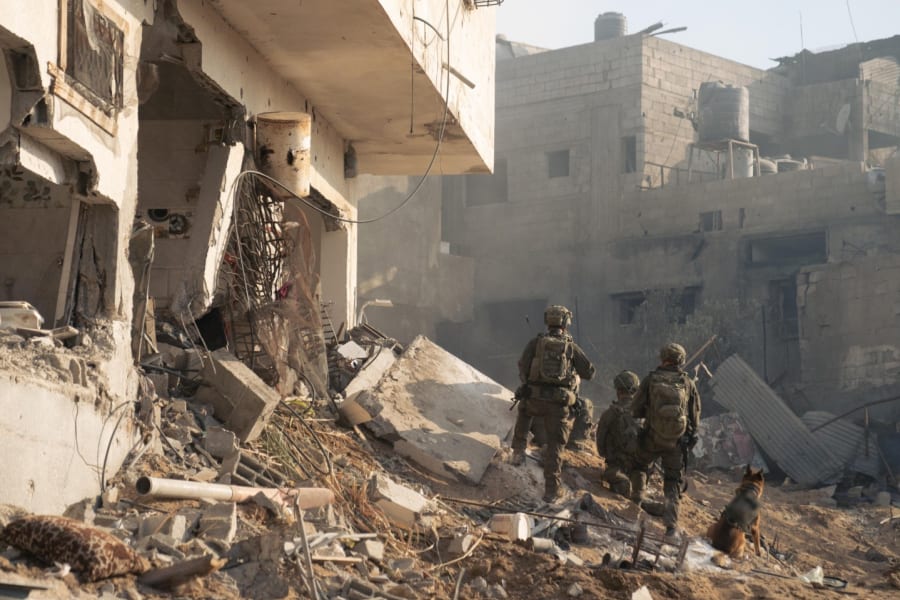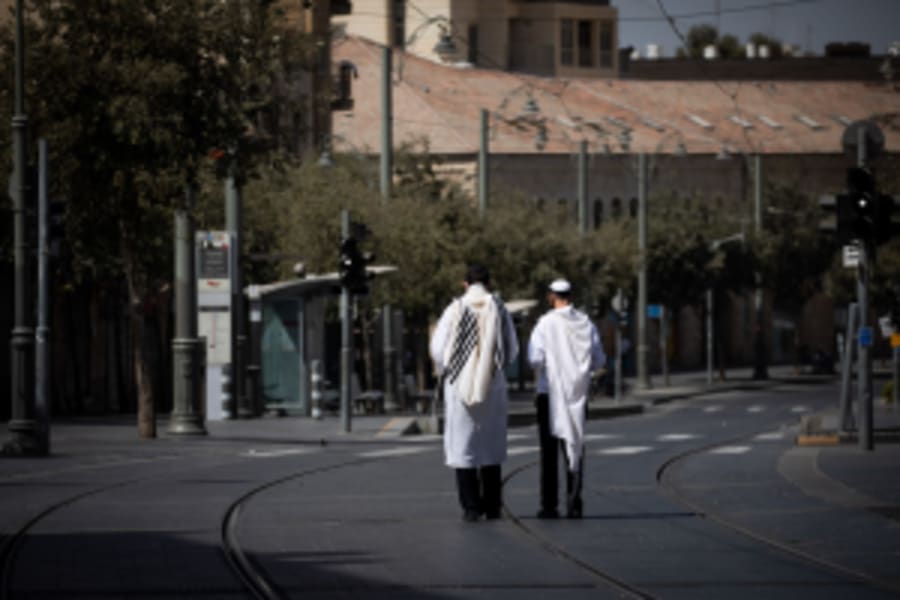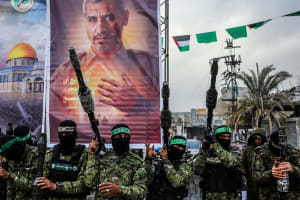IDF will substantially reduce reserve manpower to lighten burden on thousands of reserve soldiers
Troops available for Gaza fighting will be decreased, forces on borders thinned out

IDF Chief of Staff Lt.-Gen. Eyal Zamir will order the military to release around a third of the reserve soldiers currently deployed to combat zones amid the growing strain on the reserve army after almost two years of war, Army Radio reported on Monday.
The Israel Defense Forces will gradually release reserve troops serving in the various combat zones in Gaza, on the Lebanese and Syrian borders, and in Judea and Samaria.
The military has exceeded its own reserve guidelines over the past two years of fighting, summoning far more reservists for longer periods than planned.
IDF Reserve Major (res.) Yoav Adomi, a deputy battalion commander and one of the leaders of the reservists’ movement, told Army Radio that the reservists had been warning and “shouting” for over a year about “force fatigue.”
“Reserve force depletion has life-and-death consequences. The army made a tough but justified decision – because the reserve army is worn down. On the other hand, the political leadership is not making decisions. More soldiers must be recruited – and that goes through a real draft law! There are no real steps being taken to expand the army’s ranks,” Adomi warned.
Army Radio said that most reserve brigades had already served over 100 days this year, despite being scheduled to serve only 70 days in 2025.
According to Walla News, the move also follows increasing complaints that many non-combat reservists, serving in administrative and rear-echelon roles, were being called up without a real need.
The IDF is said to have continued calling up hundreds of thousands of reservists to short-notice standby and part-time duty models since the start of the war, despite the intensity of the war having markedly declined.
Zamir reportedly began limiting the quotas of call-ups that are available to regional commands, military branches, and corps to reduce wasteful practices.
Military sources also told Walla News that the indiscriminate use of call-ups caused concerns of a lack of oversight, and Zamir directed commanders to improve the tracking of reserve manpower in their units.
Maj.-Gen. Dado Bar Kalifa, head of the IDF’s Manpower Directorate, also issued similar instructions.
Currently, almost the entire regular army is deployed to the Gaza Strip, leaving all other fronts to be manned primarily by reservists.
In the Gaza Strip, many reservists are set to be released over the coming weeks, while only one new brigade is set to replace them, meaning the force fighting in Gaza will be substantially reduced.
This could also affect plans for the possible continuation of the war if the ceasefire talks collapse.
In the West Bank, most of the current troops are reservists who will be replaced by regular brigades. On the northern border, the forces will be thinned out and also replaced by regular troops.
“Let’s be blunt: less manpower on the borders means ‘risk management’,” commented Army Radio’s military correspondent, Doron Kadosh.
“Gaza used to be guarded by 4 battalions, as did Lebanon. That’s no longer the case, and even after the cutbacks, there will still be more forces than on October 6th – but fewer than today.”
“Yes, the immediate threat has lessened and the security situation has changed. But if it were up to the Chief of Staff alone, he’d double the force size in every sector. But with no state-level action to expand the draft, he’s working with what he has – and that’s not much,” Kadosh wrote on Telegram.

The All Israel News Staff is a team of journalists in Israel.
You might also like to read this:
















